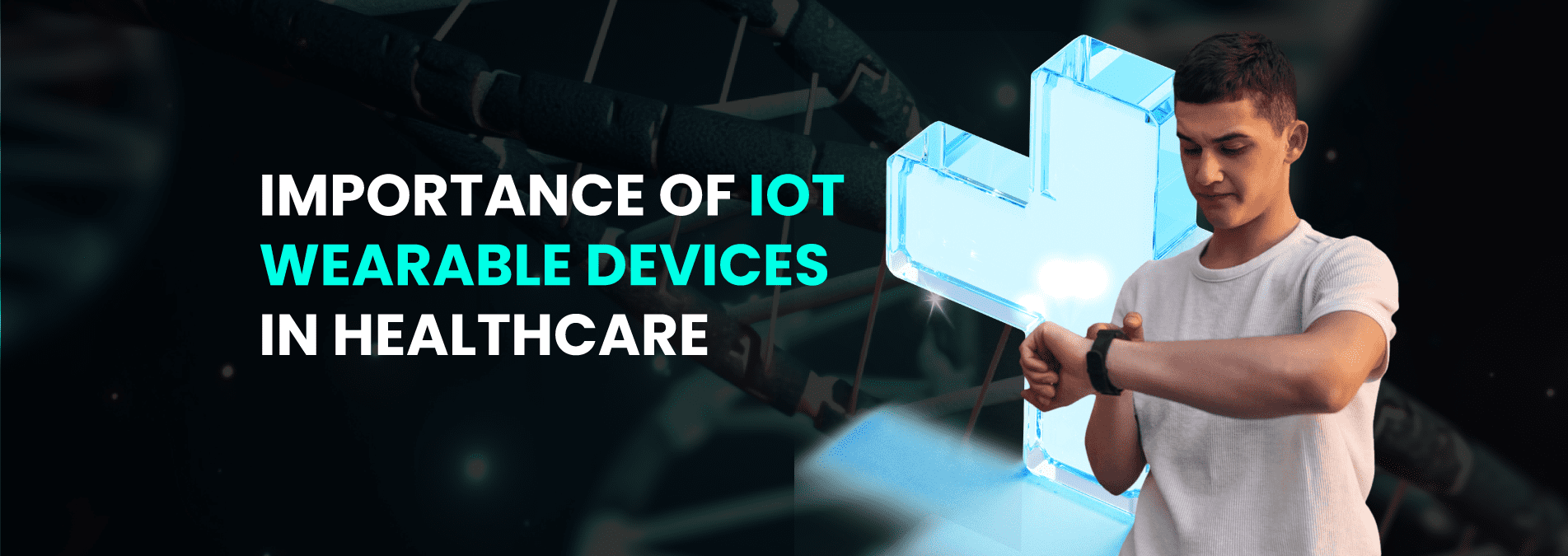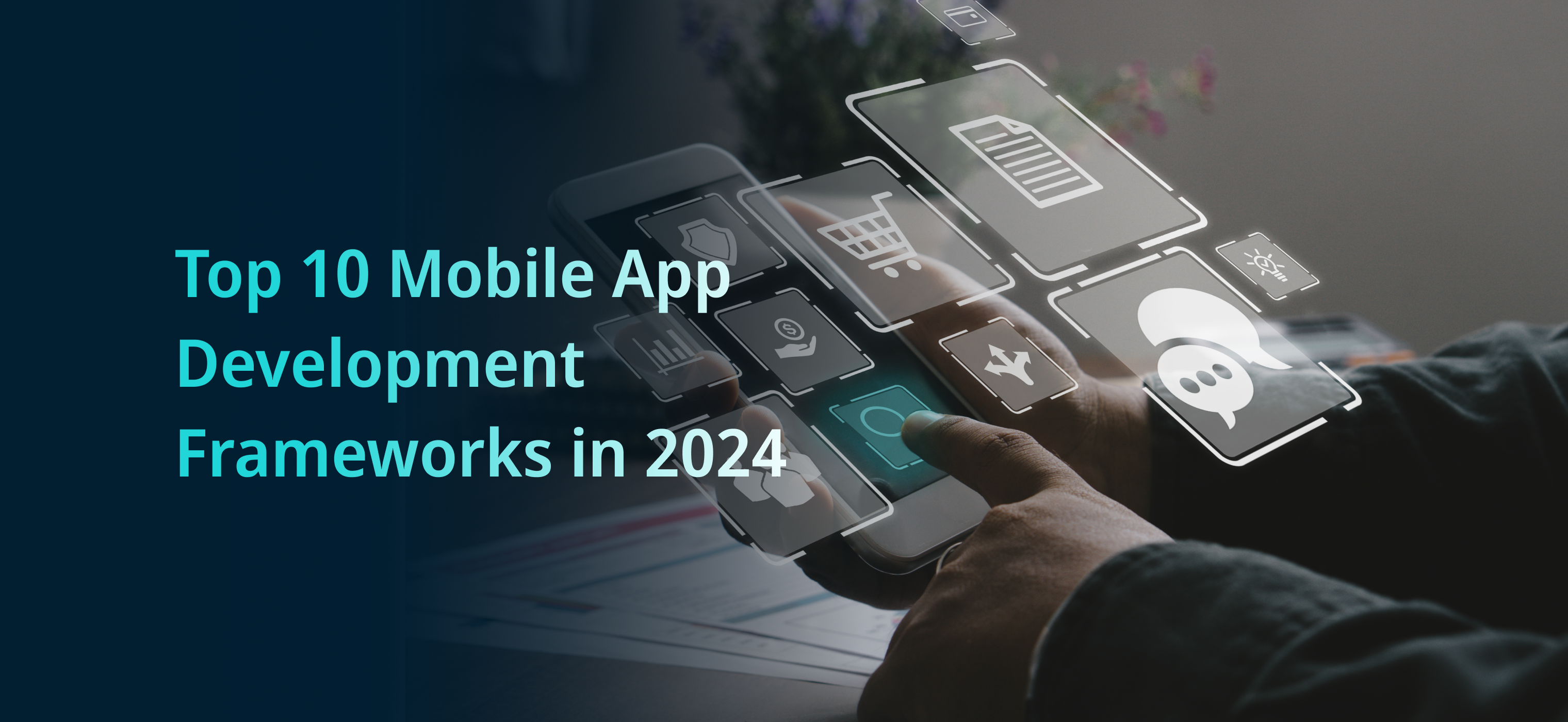Advances in sensors and artificial intelligence (AI) are helping millions detect blood pressure, and health parameters and manage chronic health conditions, and skip serious illness on devices small to be worn on a wrist or penny-kind of patch. Wearable Healthcare technology is on the rise today across the world.
By 2024, the number will likely reach nearly 440 million units. As IoT technology advances new offerings hit the market and more healthcare providers become easy using them. These numbers include both smartwatches, which are in the market and have millions of purchasing customers, and medical-grade wearables normally called “smart patches”. They are mostly prescribed by health care professionals but are becoming available off the shelf and in demand.
Internet Soft, a top-class software development company in California, offers healthcare software development services with healthcare IoT applications development. To develop healthcare IoT applications, contact us today.
In this blog, we will check how Wearables benefit the Healthcare Industry. Wearable Healthcare Technology is the latest trend and going to stay for a long time due to unmatched benefits related to the health and fitness of humans.
Smartwatches and smart patches are more health-prone. They are widely used across the world now for fitness tracking etc. While healthcare companies produce devices that support patients for health monitoring such as blood pressure cuffs and ECG monitors. Our analysis emphasizes smartwatches and smart patches, which are trending products to sell and use at present.
As per the latest survey and statistical data on smart wearable devices consumed so far, the People using Smartwatches is increasing day by day, with nearly 39% of users found in a recent survey. Their commonly accepted applications (or end-uses) help people with fitness data, exercise guidelines, and weight loss, and beat their personal best record in their next attempt
Transform your business with cutting-edge IoT solutions!
Explore our top-notch IoT development services today.
But people are using smartwatches to monitor their health with growing numbers today. The fitness apps from these smart devices have changed them into individual health clinics. Heart rate monitors are now common on most smartwatches. Some Smartwatches have FDA approval for detecting abnormalities like atrial fibrillation, a major reason for stroke. Due to continuous improvements in such IoT wearable devices technology, they are also detecting serious illnesses and chronic conditions.
Smartwatch innovation is progressing rapidly, with developments in sensors, semiconductors, and AI. For instance, some smartwatches now feature optical sensors that continuously measure blood volume variations and composition using photoplethysmography (PPG) technology. Algorithms are prepared and continually boosted via machine learning. It uses data from these sensors to provide insights into users’ activity levels, stress, heart pattern anomalies, and more.
In another example, companies are getting closer to enabling smartwatches to monitor blood pressure, using PPG and other technologies like Raman spectroscopy, and infrared spectrophotometers. Accurate, continuous, discreet blood pressure measurement could broaden the smartwatch market: 1.3 billion adults across the globe suffer from hypertension.
Smart patches have been invented upon the limitations of Smartwatches. Smart patches, developed mostly by Medical Technology companies, are typically small and discreet, directly to a person’s skin. Some small smart patches use microscopic needles that painlessly get into the human skin to behave as biosensors and sometimes to give medications.
Unlike smartwatches, smart patches provide insight health data, and details are typically crafted for a single indication like diabetes management, patient observation, and drug delivery. Smart patches engage with a broader range of technologies. For instance, smart patches that count heart rate variability often use electrocardiogram technology that monitors the heart’s electrical activity directly and precisely than smartwatches.
Smartwatches and smartphones play an important role. Data from smart patches is being incorporated with smartwatches and smartphone apps. Sending data to these devices for indication and analysis. With the technology, including interoperability capabilities, doctors could watch wearable health data on a patient’s health record, referring access to more detailed information to intimate diagnosis and care.

Reforming Healthcare Delivery through Wearables
While physicians and healthcare providers can give valuable suggestions during annual wellness visits, the incorporation of wearables takes patient care to a whole new height.
It is important to observe that wearable technology in healthcare should be seen as an add-on or an extra tool rather than an alternative for professional medical care.
Consuming wearable technology encourages or promotes a stronger bond between patients and healthcare providers. By inspiring proactive health management, these devices hold the value of enhancing health outcomes and creating a healthier future. As we experience continuous advancements, the fusion of wearable tech and healthcare assures an exciting and beneficial path for the future.
Other Smart Healthcare IoT Devices
1.Blood Pressure Monitor
For individuals with hypertension or if anyone is looking to monitor their blood pressure regularly, portable blood pressure monitors are a great tool. It allows you to trace blood pressure levels at home and share the data with your healthcare service provider (hospital or referred specialist) for better hypertension management.
2. Glucose Monitor
For Diabetic patients, continuous glucose monitoring (CGM) systems or blood glucose monitors are mandatory devices. They help individuals monitor blood sugar levels daily to manage diabetes easily.

Quick Read:
- Pulse Oximeters
Pulse Oximeters are external devices that count the oxygen saturation levels in your blood and pulse rate. They are vital for monitoring respiratory health and analyzing oxygen levels during physical activities or recovery from illnesses.
- Body Composition Scales
Body composition scales give insights into body fat percentage, muscle mass, bone density, and many more factors. These scales allow us to track changes in body composition as we work towards our health and fitness.
- Smart Thermometer
Smart thermometers give accurate temperature readings and can sync with smartphone apps to track fever patterns and monitor health during illness.
- ECG Monitor
Some advanced wearable devices feature electrocardiogram (ECG) capacity, permitting tracking of the heart’s electrical activity and detection of irregularities that may require medical attention.
- Breath Analyzer
Breath analyzers can count your breath’s acetone levels, offering insights into your body’s fat-burning state. They are vital for individuals who have ketogenic diets or are interested in understanding their metabolism.
- Sleep Tracker
Sleep trackers track your sleep patterns, covering duration, quality, and disruptions. They help analyze our sleep habits and give lifestyle adjustments for better slip and recovery.
Interested in personalized healthcare software development services? Check out our healthcare software services! As a leading healthcare software development company in California, we are dedicated to adopting advancements in the healthcare industry through cutting-edge technology solutions. Being an IoT application development company, our team of experts emphasizes creating user-centric healthcare software that serves various patient needs and healthcare service providers.
Visit Internet Soft for the latest tech trends and insights around AI, ML, Blockchain, along with NeoBanking and timely updates from industry professionals!
Need assistance or have questions? Reach out us at sales@internetsoft.com.
ABOUT THE AUTHOR

Andy Andhare
VP for Sales & Marketing
As VP for Sales & Marketing, Akshay redefines strategies, propelling sales and marketing to excellence. Rooted in belief in tech's transformative power, his leadership desires unmatched company success. With innate strategic leadership and a deep tech passion, Akshay's path propels both personal success and the ascent of a progressive software company.







